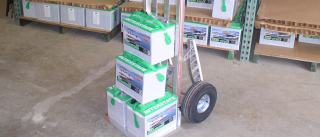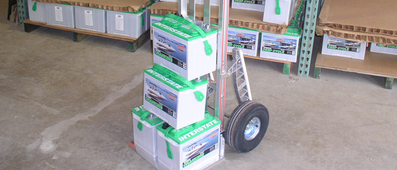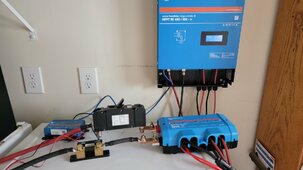Cronix
New Member
These are the types of events that keep me up at night. One thing that gives me a bit of peace of mind is having an automatic CO2 fire suppression system in the building where our batteries/inverters are. I don't want to just know there's an issue, I want the issue stopped ASAP to prevent further damage. CO2 also won't damage anything in an electrical fire like H2O would. It just removes the oxygen.






